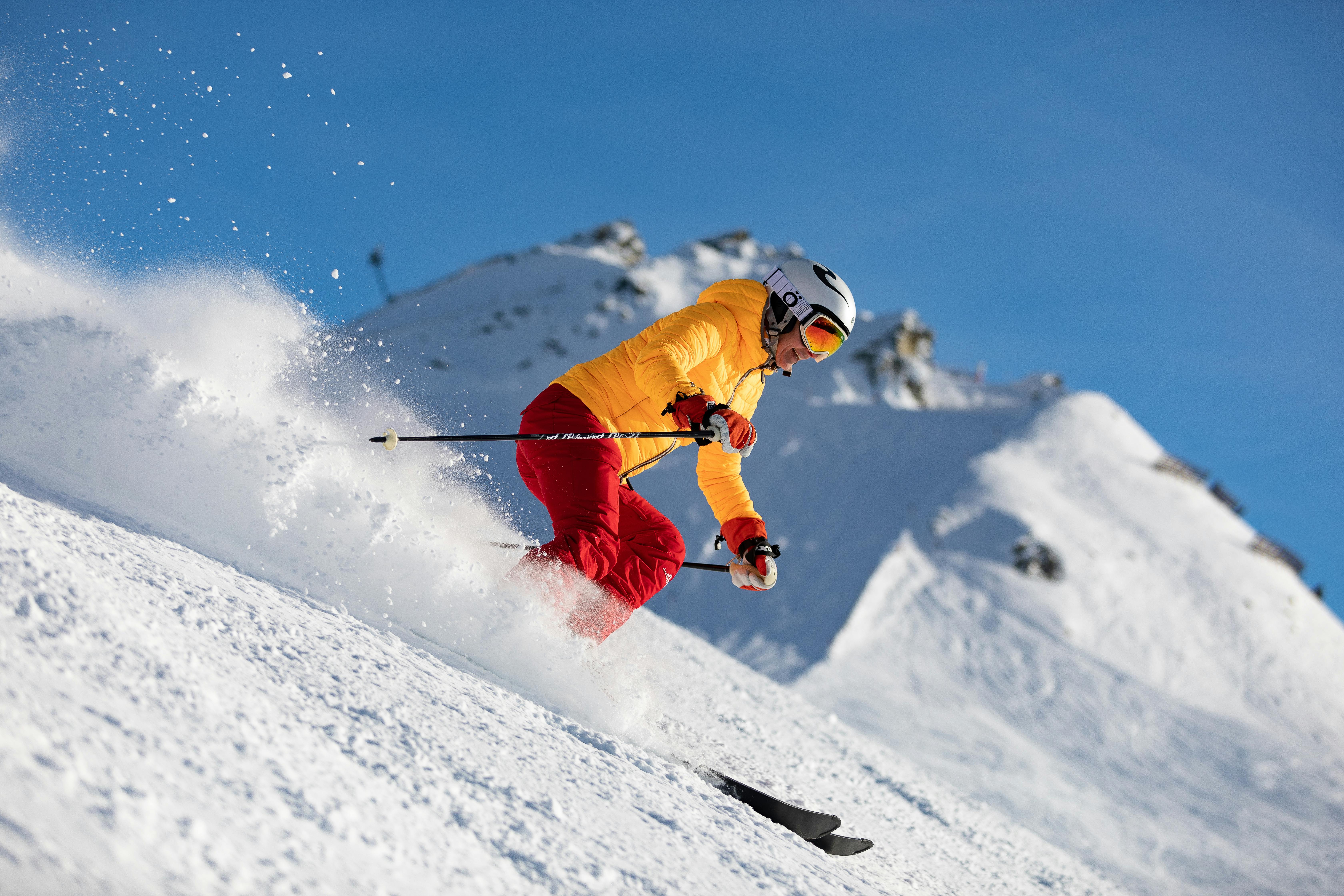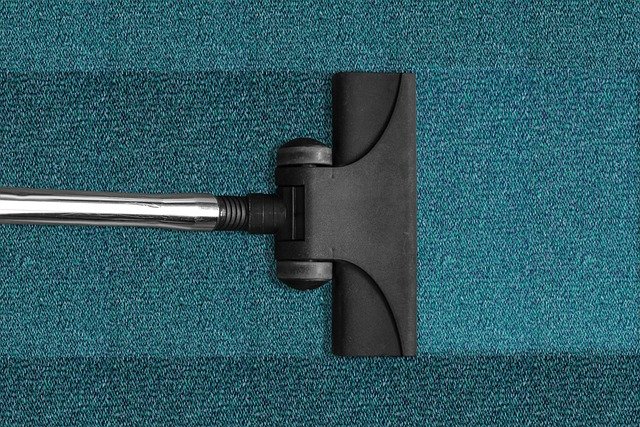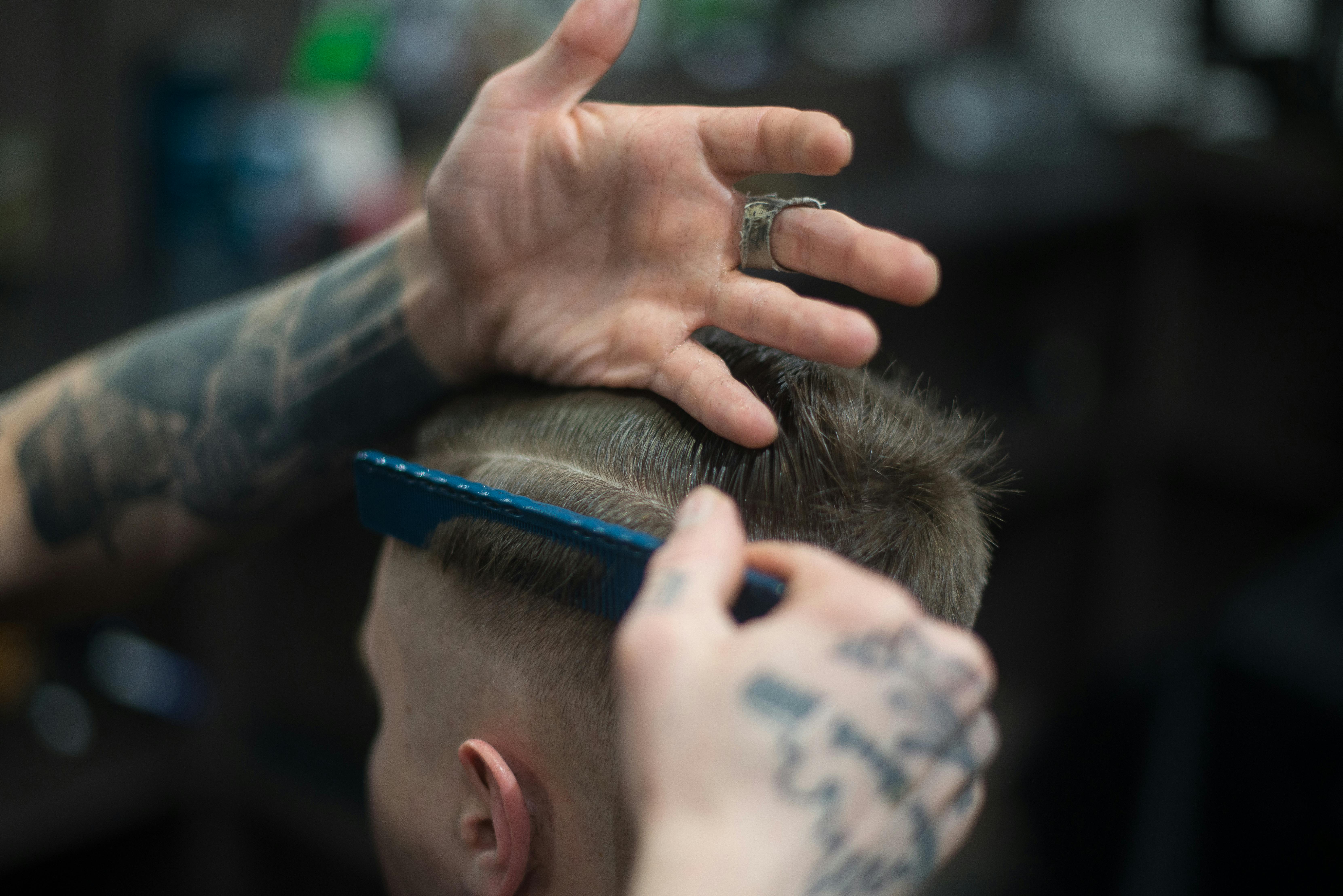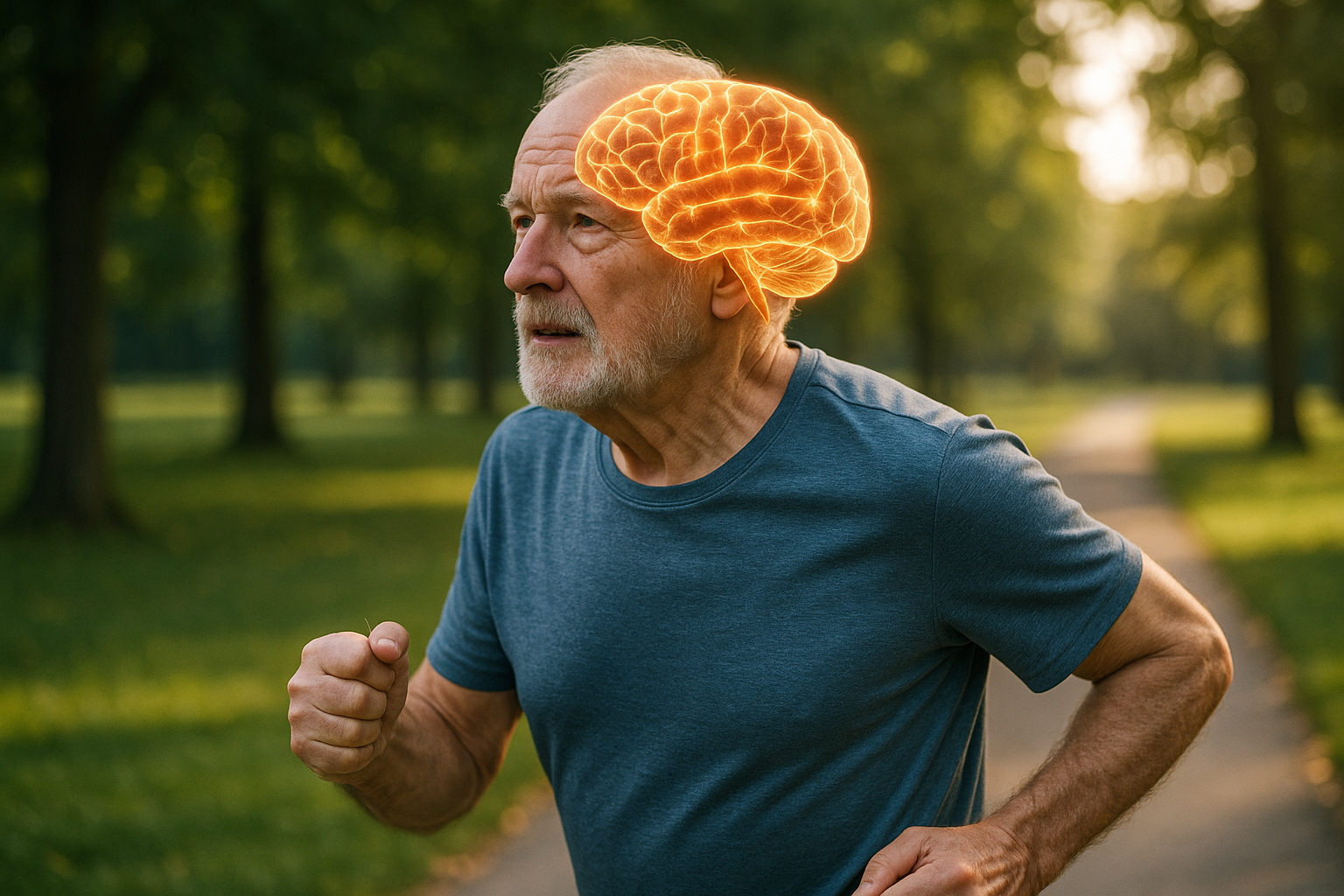Rejuvenating Fitness: The Resurgence of Calisthenics
The world of fitness and wellness is always evolving, with new practices, routines, and products constantly emerging. However, sometimes, the most effective solutions are not the newest, but the oldest. In this context, we turn our attention to a fitness approach that harks back to ancient Greece: calisthenics.
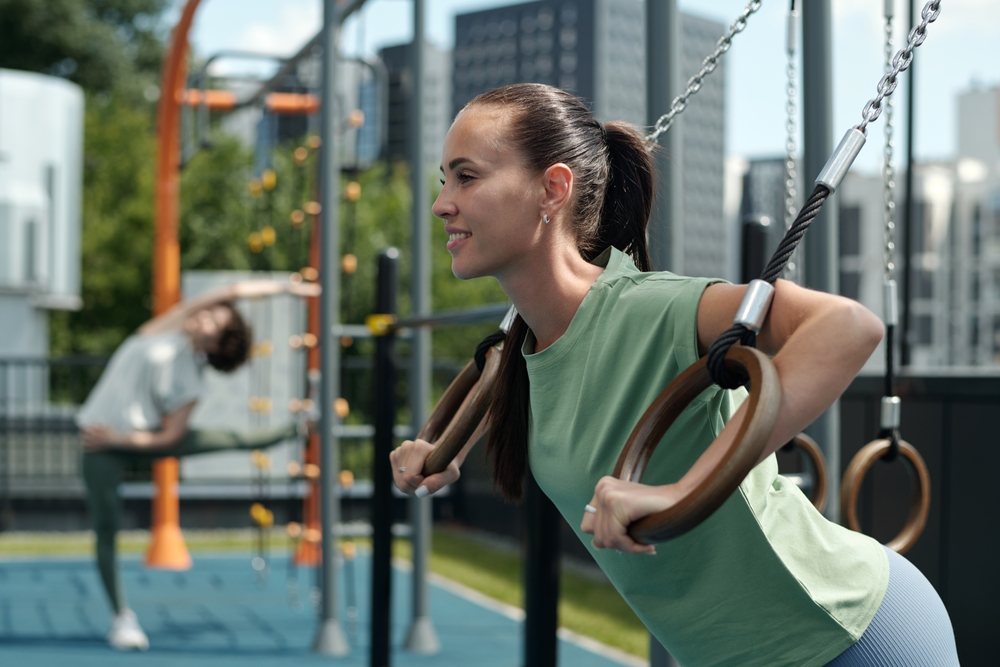
The Origins and Evolution of Calisthenics
Calisthenics, from the Greek words ‘kalos’, meaning beauty, and ‘sthenos’, meaning strength, is a form of exercise that involves using one’s body weight for resistance. The practice dates back to ancient Greece and Rome, where it was used to maintain physical fitness and prepare for combat.
In the 19th century, calisthenics was embraced by educational institutions, becoming a staple in school physical education programs. However, with the advent of modern gyms and machine-based workouts in the 20th century, calisthenics saw a decline in popularity.
Revival in the 21st Century
Despite being overshadowed by newer fitness trends for some time, calisthenics has seen a resurgence in the 21st century. This has been attributed to an increasing desire for flexible, affordable, and multipurpose fitness routines.
Experts have pointed to the shift towards functional fitness, which focuses on building strength and flexibility that can be applied to everyday activities, as a key factor driving this resurgence. Calisthenics, with its emphasis on full-body workouts and natural movements, fits perfectly into this paradigm.
Benefits of Calisthenics
Research has shown that calisthenics offers numerous benefits. Firstly, it promotes full-body fitness, targeting multiple muscle groups at once. This is in contrast to machine-based exercises, which often isolate specific muscles.
Secondly, it improves flexibility and balance, as many calisthenics exercises require control and stability. This can help to prevent injuries and improve overall physical performance.
Thirdly, calisthenics is accessible and cost-effective. It requires minimal equipment and can be performed anywhere, making it a practical choice for those with busy schedules or limited access to gym facilities.
Impact on the Fitness Industry
The rebirth of calisthenics is having a significant impact on the fitness industry. We’re seeing a rise in calisthenics-focused gyms, workout programs, and online content, as more people discover and embrace this form of fitness.
Furthermore, the emphasis on functional, full-body fitness has influenced the design of gym equipment and workout routines, moving away from machine-dominated setups towards more free space and bodyweight-based exercises.
From Fitness to Beauty: A Holistic Approach
In line with its Greek roots, calisthenics doesn’t just focus on strength – it also embodies principles of beauty. This can be seen in the smooth, flowing movements and the emphasis on posture and form.
This holistic approach to wellness, which combines physical fitness with aesthetics and mental wellbeing, is a refreshing contrast to the often narrow, performance-driven focus of modern fitness trends. It represents a return to the original purpose of physical exercise: not just to look good, but to feel good and live well.
In conclusion, the resurgence of calisthenics is a testament to its timeless appeal and effectiveness. By embracing this age-old practice, we can enjoy a well-rounded, accessible, and truly holistic approach to fitness and wellness. As we navigate the ever-changing landscape of beauty and fitness, calisthenics provides a firm, enduring foundation to build upon.

